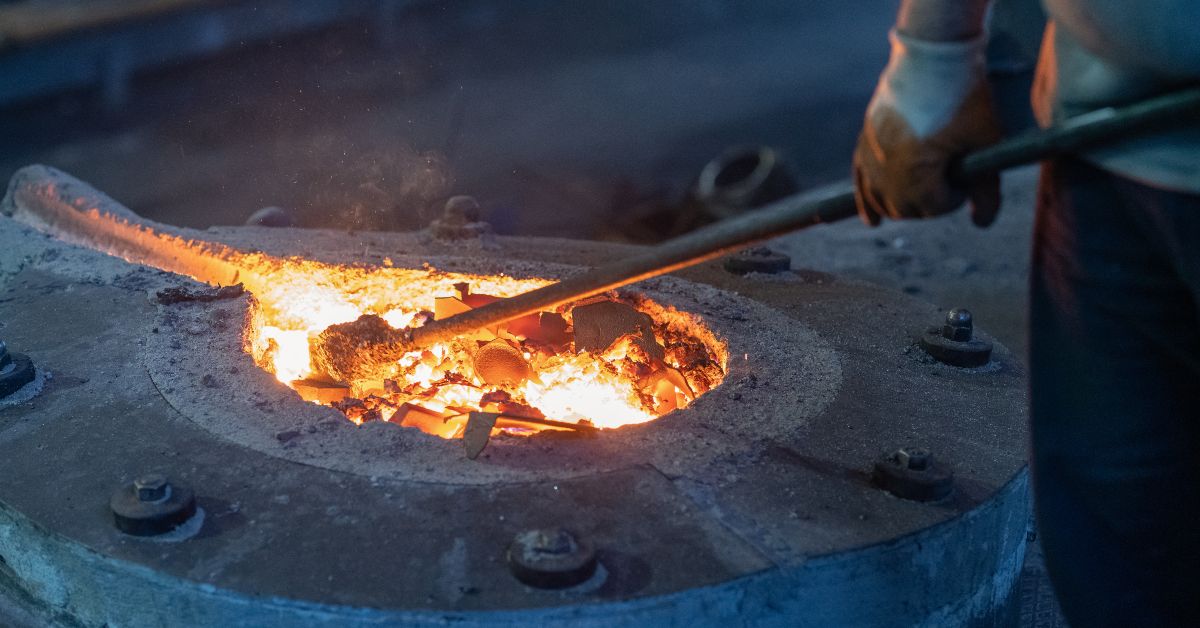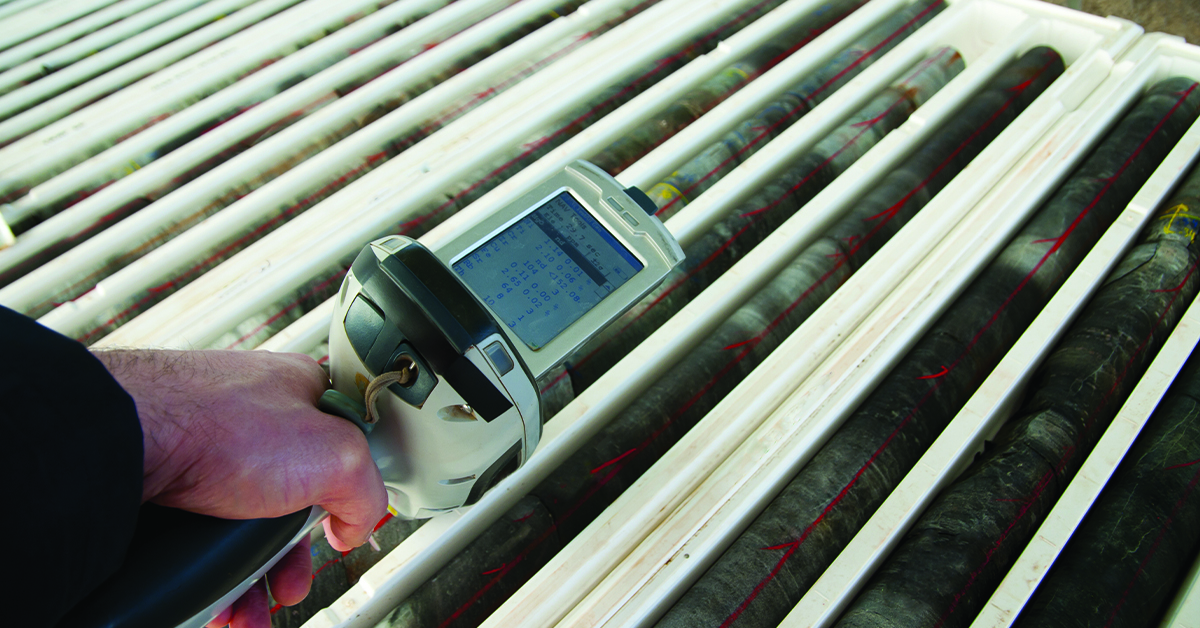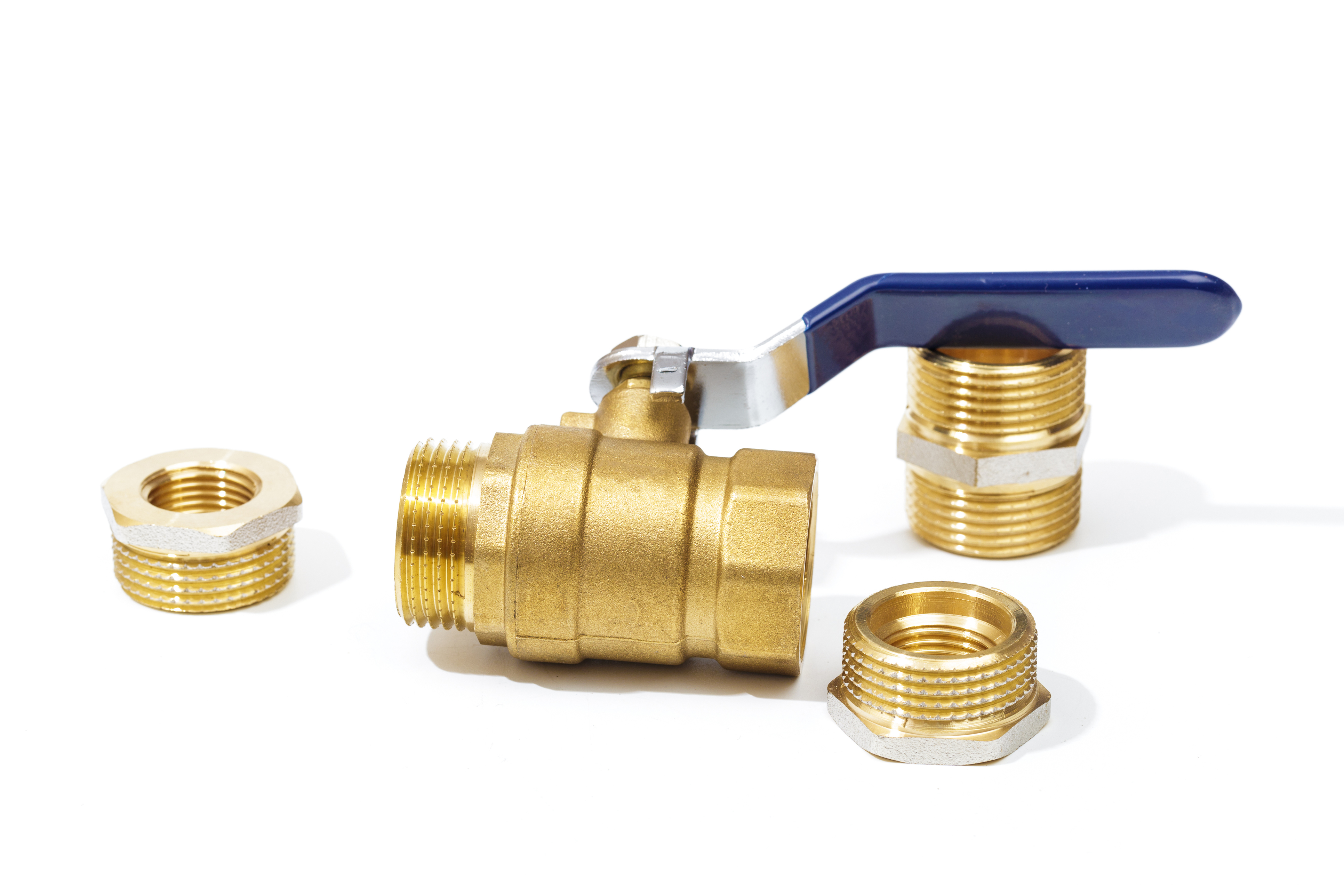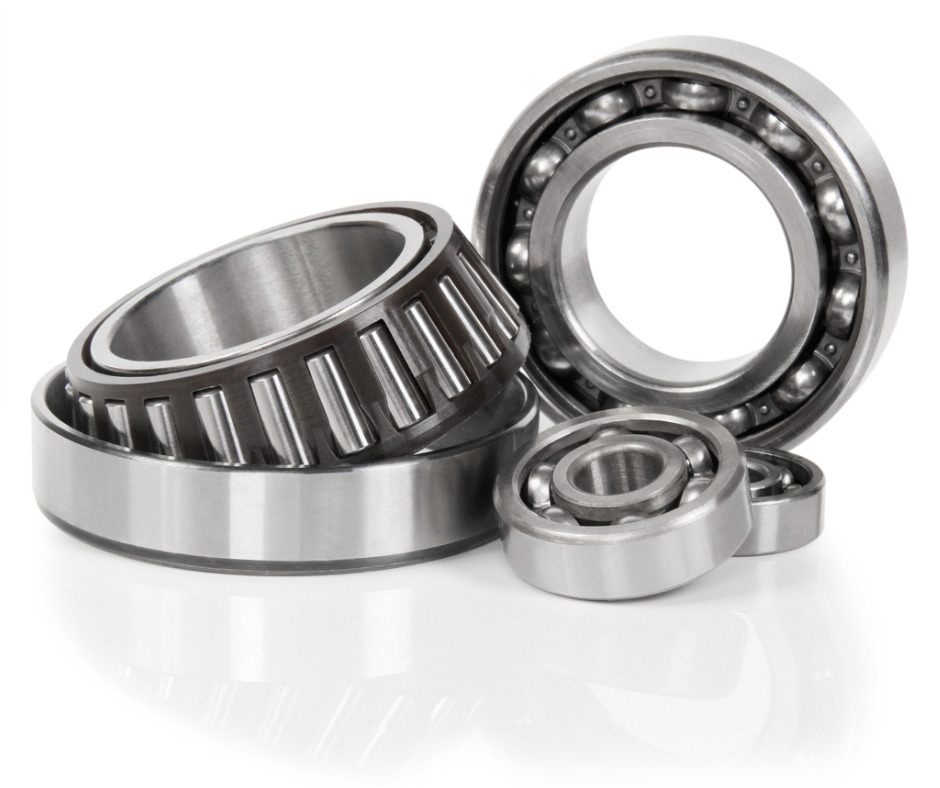We are pleased to announce that we have added a complete range of physical reference materials to our product portfolio through our recent acquisition of Paragon Scientific. The Paragon portfolio compliments the elemental analysis products we currently offer under our VHG, ARMI and MBH Industrial sector brands and provides a more complete offering to our customers.
Reference Materials get Physical
[fa icon="calendar'] Apr 13, 2021 11:45:00 AM / by Dave Coler posted in Certified Reference Materials, Paragon Scientific, Physicals
NEW Copper CRMs
[fa icon="calendar'] Feb 26, 2021 10:34:49 AM / by James Haddad PhD posted in Certified Reference Materials, Custom Reference Materials, Copper CRMs
Our team has been hard at work and we are excited to add five new copper CRMs to our product portfolio. Copper can be alloyed with a wide range of elements enabling highly specific functions and applications. The large compositional range of copper alloys means that high-quality, matrix-matched reference materials are needed for proper analysis of each alloy.
ASTM method D2622 – Standard Test Method for Sulfur in Petroleum
[fa icon="calendar'] Feb 2, 2021 8:47:14 AM / by LGC Industrials posted in Certified Reference Materials, Custom Reference Materials, Sulfur, ASTM D2622
Sulfur is nearly always found in petroleum products and feedstocks.1 It is usually removed during crude oil processing as it is considered an undesirable contaminant that leads to the formation of harmful pollutants such as sulfur oxides.
NEW Ferroalloy CRMs
[fa icon="calendar'] Jan 25, 2021 10:00:00 AM / by James Haddad PhD posted in Certified Reference Materials, metal alloys, metal CRMs, ferroalloys
Our team at ARMI | MBH is continuing their work to develop more new products to ensure that we can provide the products you need for your analytical testing. If you want to learn more about any one of products listed you can simply click on the links to view the certificate of analysis.
Positive Material Identification
[fa icon="calendar'] Jan 4, 2021 4:00:00 AM / by Kim Halkiotis posted in XRF, positive material identification
Positive material identification or PMI is the act of confirming a type of metal alloy based on its chemical composition. This methodology is used in a wide range of applications where the specific chemical composition or grade of the alloy is critical and specific for its end use. PMI is used most commonly in industrial settings where use of the wrong metal alloy grade can result in premature corrosion or even failure of a structure, creating a potentially serious safety hazard. The chemical verification of alloys already in use in various industrial applications often requires that the analysis be non -destructive and performed insitu. The analysis is most commonly performed using a handheld XRF unit often called a "PMI gun" or with a portable Spark-OES instrument.
3 Things to Consider Before Analyzing a Sample
[fa icon="calendar'] Sep 23, 2020 12:38:00 PM / by Courtney Dillon posted in Sample Preparation, Certified Reference Materials, ICP
- Is your instrument optimized?
In a recent blog we explored the importance of instrument optimization for ICP-OES and ICP-MS, but all instruments should be frequently checked to confirm they are operating as expected. Preventive maintenance and appropriate start up and shut down SOPs are key to the integrity of analysis.
NEW September CRMs - Leaded brass and lead alloys
[fa icon="calendar'] Sep 17, 2020 10:34:38 AM / by Kim Halkiotis posted in Certified Reference Materials, metal alloys, metal CRMs, copper base alloys, Lead CRMS, Leaded brass
Our ARMI | MBH team is continuing their work to develop more new products to ensure that we can provide the products you need for your analytical testing. We are proud to announce the release of 6 new CRMs including one leaded brass, and 5 lead alloys. If you want to learn more about any one of products listed you can simply click on the links to view the certificate of analysis.
New Steel CRMs for August 2020 - 2 N and 1 Precipitation Hardening
[fa icon="calendar'] Aug 25, 2020 9:45:00 AM / by Kim Halkiotis posted in Certified Reference Materials, metal alloys, stainless steel alloys, metal CRMs, Steel CRMs
Our ARMI | MBH team is continuing their work to develop more new products to ensure that we can provide the products you need for your analytical testing. I am proud to announce the release of 3 new Steel CRMs for our industrial's portfolio. included in this are two Nitrogen steels and a precipitation hardening steel . If you want to learn more about any one of products listed you can simply click on the links to view the certificate of analysis.
August 2020 - New Tool Steel, Cu and Al Alloy CRMs
[fa icon="calendar'] Aug 6, 2020 10:00:00 AM / by Kim Halkiotis posted in Certified Reference Materials, metal alloys, aluminum Alloys, metal CRMs, Steel CRMs, copper base alloys, CDA 715, Tool Steel, CDA 647, A319.0
Our ARMI | MBH team has continued their work to develop new products to ensure that we can provide the products you need for your analytical testing. I am proud to announce the release of 5 new CRMs across a variety of base alloys for our industrials portfolio. included in this are two tool steels, two copper based alloys, and one aluminum alloy. If you want to learn more about any one of products listed you can simply click on the links to view the certificate of analysis.
Why are Tuning Solutions One of the Most Used Standards in ICP-MS Labs?
[fa icon="calendar'] Jun 16, 2020 9:30:00 AM / by Courtney Dillon posted in Certified Reference Materials, ICP, Aqueous standards
An ICP-MS system will operate and deliver numerical data even if not set up correctly or operating at expected levels. As discussed in a previous blog, Improve your ICP-OES Performance by using an Internal Standard, internal standards can be used to compensate for a variety of factors that degrade analytical performance, however, proper instrument set-up is core to data integrity. As a result, tuning of ICP-MS instruments is considered by most users to be a daily, if not more frequent, activity, and a prerequisite for achieving accurate results. Best practices dictate, and many standard methods require, that a sample sequence begin with an optimization block, during which a tuning solution is used to set-up the instrument.










